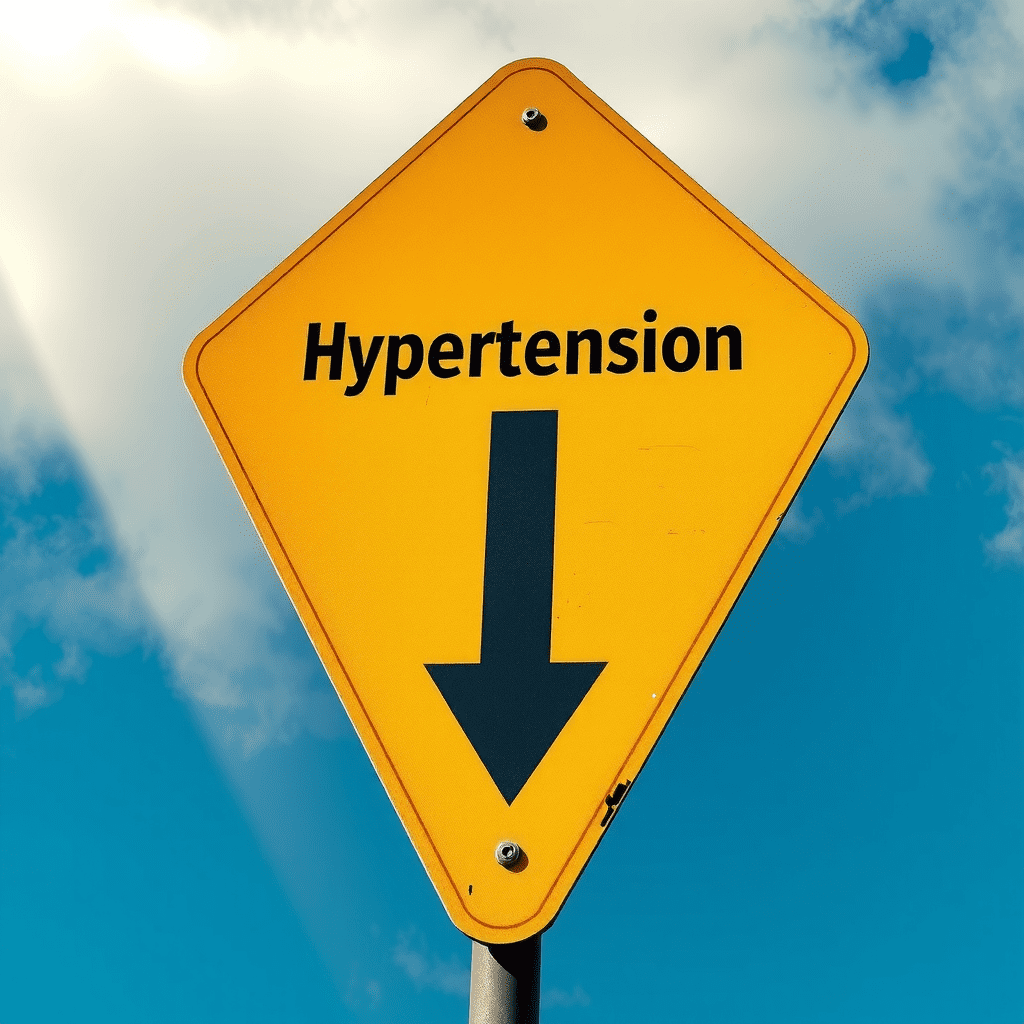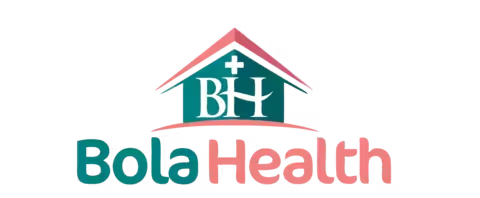Unit A1 Upstairs, The Waterloo, 34 Upper Waterloo Road

Healthy Heart: Managing Hypertension Naturally with Diet and Exercise
Learn how managing hypertension naturally through diet and exercise can lower your blood pressure and protect your heart health.
Did you know that nearly half of all adults have high blood pressure, but many don’t know it? Managing hypertension naturally through a heart-healthy diet and regular exercise is not only possible but essential for reducing blood pressure and preventing cardiovascular disease. Given the prevalence of hypertension, taking proactive steps to manage it can make a significant difference in your overall health and longevity.
Table of Contents
The Role of Diet in Managing Hypertension
Diet plays a critical role in managing hypertension and maintaining overall heart health. A balanced diet rich in fruits, vegetables, whole grains, and lean proteins can help lower blood pressure and reduce the risk of cardiovascular disease. These foods are high in essential nutrients like potassium, magnesium, and fiber, which are known to support healthy blood pressure levels.
One of the most impactful dietary changes you can make is reducing your sodium intake. Sodium, commonly found in processed foods and restaurant meals, can cause your body to retain water, which increases blood pressure. To manage your sodium intake, it’s important to read food labels carefully and opt for low-sodium alternatives when possible. Cooking at home using fresh ingredients allows you to control the amount of salt in your meals, making it easier to stick to a hypertension diet.
The DASH (Dietary Approaches to Stop Hypertension) diet is specifically designed to lower blood pressure. This eating plan emphasizes foods that are naturally low in sodium and rich in nutrients that help lower blood pressure, such as potassium, calcium, and magnesium. Following the DASH diet involves increasing your intake of fruits, vegetables, and whole grains while reducing the consumption of red meats, sweets, and sugary beverages. The effectiveness of the DASH diet in lowering blood pressure has been supported by numerous studies, making it a valuable tool in the fight against hypertension.
While diet is crucial, combining it with regular physical activity can further enhance your efforts to manage hypertension.
The Importance of Exercise for Blood Pressure Control
Regular physical activity is another key component of managing hypertension naturally. Aerobic exercise, such as walking, swimming, or cycling, can help lower blood pressure by improving the efficiency of your heart and blood vessels. When you engage in aerobic exercise, your heart pumps more efficiently, reducing the force on your arteries and lowering your blood pressure over time.
Strength training also plays a vital role in reducing blood pressure and improving overall cardiovascular health. Incorporating activities like weight lifting or resistance band exercises can help build muscle mass, which in turn helps your body burn more calories and maintain a healthy weight—both of which are important for blood pressure control. Strength training also helps reduce the stiffness of your blood vessels, contributing to lower blood pressure.
Incorporating physical activity into your daily life doesn’t have to be overwhelming. Start by setting realistic goals, such as taking a 30-minute walk most days of the week. Tracking your progress can help you stay motivated, and finding activities you enjoy will make it easier to stick with your exercise routine. Whether it’s dancing, gardening, or playing a sport, the key is to move regularly and enjoy the process.
By integrating both diet and exercise into your routine, you can take a comprehensive approach to managing hypertension.
Creating a Sustainable Heart-Healthy Lifestyle
Creating a sustainable heart-healthy lifestyle involves making gradual changes to your diet and exercise routine. Consistency is key to achieving long-term blood pressure control. Rather than making drastic changes all at once, focus on small, manageable steps that you can maintain over time. For example, start by incorporating one or two servings of vegetables into your meals each day or by adding a short walk to your evening routine.
Staying motivated on your journey to a healthier lifestyle can be challenging, but having a support system can make all the difference. Consider joining a fitness group, working with a dietitian, or finding an exercise buddy to help keep you accountable. Surrounding yourself with people who share your health goals can provide encouragement and help you stay on track.
Regular health check-ups with your primary care provider are essential for monitoring your blood pressure and making necessary adjustments to your diet and exercise plan. Your healthcare provider can offer personalized advice and support, helping you stay informed about your progress and any potential risks. Regular monitoring ensures that you’re on the right track and allows for early intervention if any issues arise.
Taking these steps toward a healthier lifestyle will not only help manage hypertension but also protect your heart for years to come.
Conclusion
Managing hypertension through diet and exercise is a powerful way to maintain a healthy heart and prevent complications. By making small, consistent changes to your diet and incorporating regular physical activity into your routine, you can significantly reduce your blood pressure and lower your risk of heart disease.
Start today by making one small dietary change or adding a short walk to your routine. Remember, nearly half of all adults have high blood pressure, but with the right approach, you can manage it effectively and improve your overall heart health.



